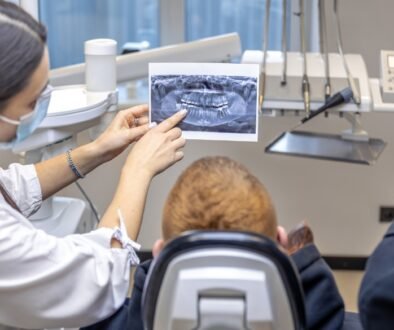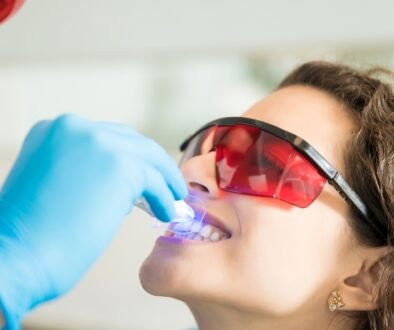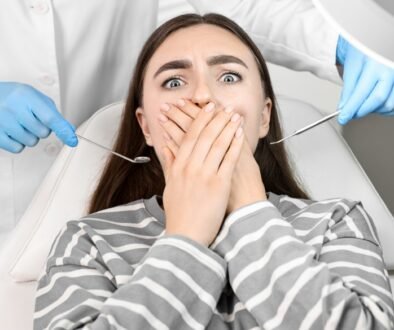How Laser Dentistry Supports Minimally Invasive Treatments
Modern dentistry is rapidly evolving, mainly due to the emergence of minimally invasive dentistry. Today’s patients expect treatments that are effective and services that are gentle, precise, and comfortable. Laser dentistry is a major contributor to this evolution. This technique allows clinicians to perform a wide range of procedures with reduced discomfort, faster healing, and excellent precision.
Among the leading voices in this field is Dr. Prashanth Balakesavan, a DHA-recognised laser dentistry specialist who has helped pioneer minimal intervention techniques in the region. With over 20 years of experience and a strong commitment to patient comfort, he brings global expertise to advanced laser care, focusing on preserving natural tooth structure.
What Is Minimally Invasive Dentistry?
Minimally invasive dentistry (or minimal invasive dentistry) is an approach that prioritises the preservation of healthy tissue. Instead of aggressively removing tooth structure or performing extensive surgical procedures, the goal is to intervene with the least amount of trauma while still achieving clinical success. This philosophy is especially beneficial for patients seeking long-term oral health with fewer complications.
Whether it’s a routine cavity, soft tissue procedure, or gum contouring, minimal intervention helps reduce anxiety, promote quicker healing, and often eliminates the need for anesthesia.
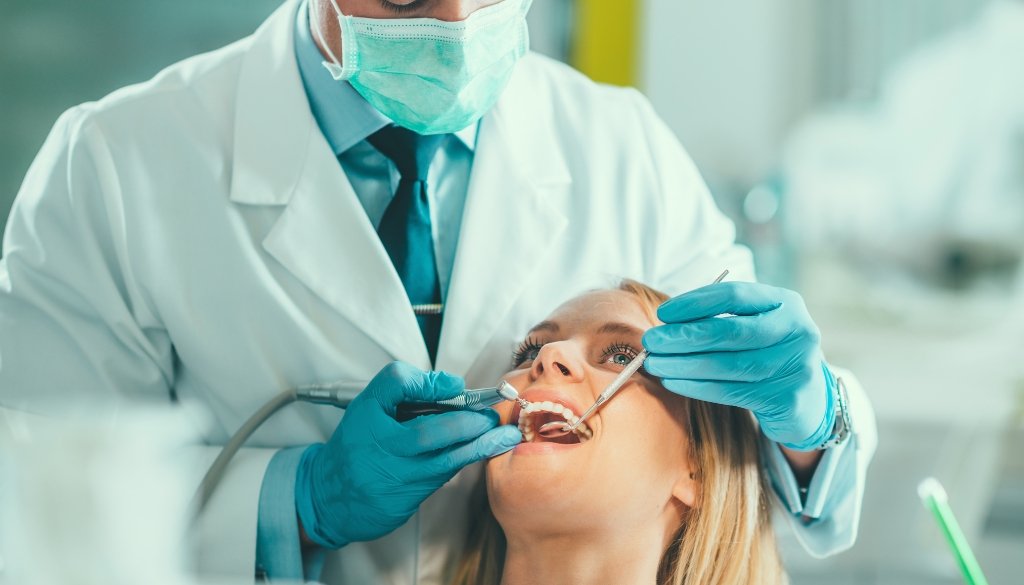
Enter Laser Dentistry
Laser technology perfectly complements the goals of minimally invasive dentistry. By replacing traditional drills and blades with focused light energy, laser dentistry offers precise, targeted treatment. Lasers may treat both hard and soft tissues, enabling a wide variety of applications, including cavity removal, gum reshaping, frenectomies, and even root canal disinfection.
Laser technology is an integral part of Dr. Prashanth Balakesavan’s daily clinical practice for more precise procedures, reducing pain, and optimizing outcomes. His extensive training allows him to perform almost any extensive procedure with minimal trauma to surrounding tissue.
Benefits of Laser Dentistry in Minimally Invasive Care
Transitioning to laser-assisted treatments involves the use of advanced equipment, and there are numerous benefits to laser dentistry, particularly in minimally invasive therapies. Here are the introductions to the benefits of laser dentistry:
1. More Precision and Control
Lasers offer more precision and control over the depth and area of treatment, which is essential for protecting healthy tissue and not removing unnecessary enamel or bone.
2. Less pain and discomfort
One of the top benefits, and a key reason many people seek laser dentistry, is that it can perform many procedures without the need for anesthesia. Patients often report experiencing little to no discomfort during and after treatment.
3. Minimal Bleeding and Swelling
Laser energy functions by closing blood vessels and nerve terminals, resulting in less bleeding during treatments and less postoperative oedema.
4. Faster healing times
Healing occurs more quickly and smoothly when tissues are subjected to less damage. Patients can return to daily activities considerably sooner than with conventional therapies.
5. Lower Risk of Infection
The laser’s sterilising ability helps destroy bacteria during the treatment process, particularly in periodontal therapy and root canals, reducing the possibility of infection after aerosol-generating procedures.
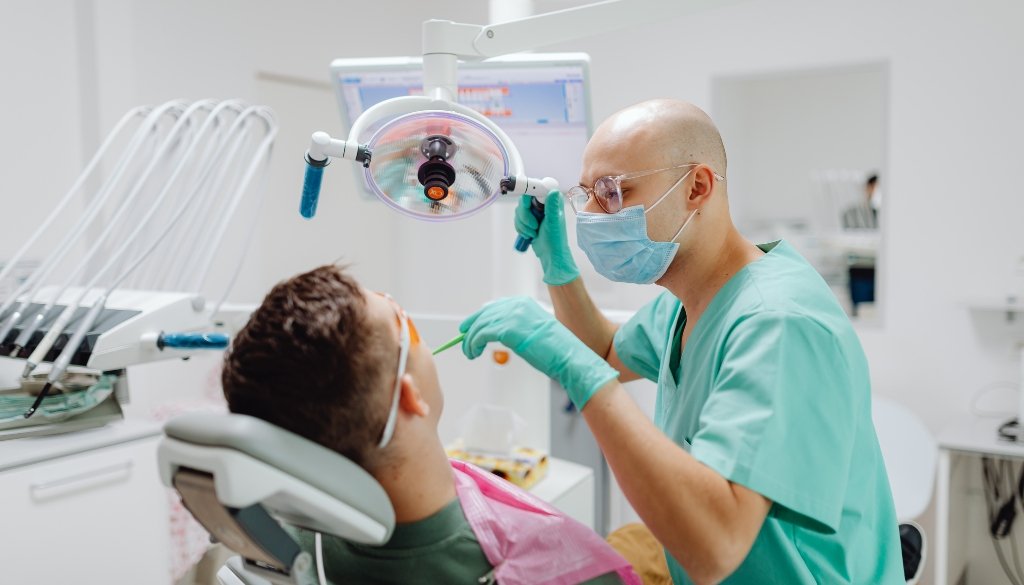
Laser Dentistry in Action: Real-World Applications in a Minimally Invasive Approach
Dr. Prashanth Balakesavan uses laser dentistry for many dental problems, but always follows the guideline of minimally invasive treatment. Here are some examples:
Cavity Removal Without the Drill
For a traditional cavity removal, a drill is used, and that can cause dental anxiety and discomfort. Laser-assisted caries removal is a noiseless and vibration-free process that removes only as much healthy tooth structure as necessary.
Periodontal (Gum) Therapy
Gum disease treatment often includes scaling/root planning. Like conventional therapy, lasers allow for infected tissues to be removed with great precision and minimal damage to surrounding tissues, which may enhance healing and regeneration after the procedure.
Soft Tissue Procedures
Soft-tissue lasers can perform procedures such as gingivectomy, frenectomy, and crown lengthening efficiently and cleanly, eliminating the need for sutures.
Root Canal Disinfection
Laser energy helps clean and disinfect the complex canal system more effectively than traditional irrigants, reducing treatment time and improving long-term success.
Patient-Centered, Evidence-Based Care
Minimally invasive dentistry is not only a clinical philosophy but also a patient-centered one. By offering solutions that are gentle, fast, and efficient, laser dentistry builds trust and reduces dental anxiety, two key barriers to long-term oral health.
Dr. Prashanth Balakesavan’s approach blends scientific evidence with patient empathy. His practice integrates cutting-edge laser technology with a priority on conservative treatment planning to allow patients to receive just the attention they need while experiencing no anxiety that can arise from traditional dentistry.
The Future of Dentistry is Minimally Invasive
As people learn more about the advantages of laser dentistry, the desire for gentle, high-tech dental treatment will continue to gain momentum. Laser dentistry aligns perfectly with the movement towards more patient-friendly, less invasive treatments. With ongoing advancements in equipment and technique, procedures that once seemed complex or intimidating are now streamlined, efficient, and virtually painless.
For patients seeking safe, comfortable, and lasting results, laser-assisted minimal invasive dentistry is setting a new gold standard, and professionals like Dr. Prashanth Balakesavan are leading the way.
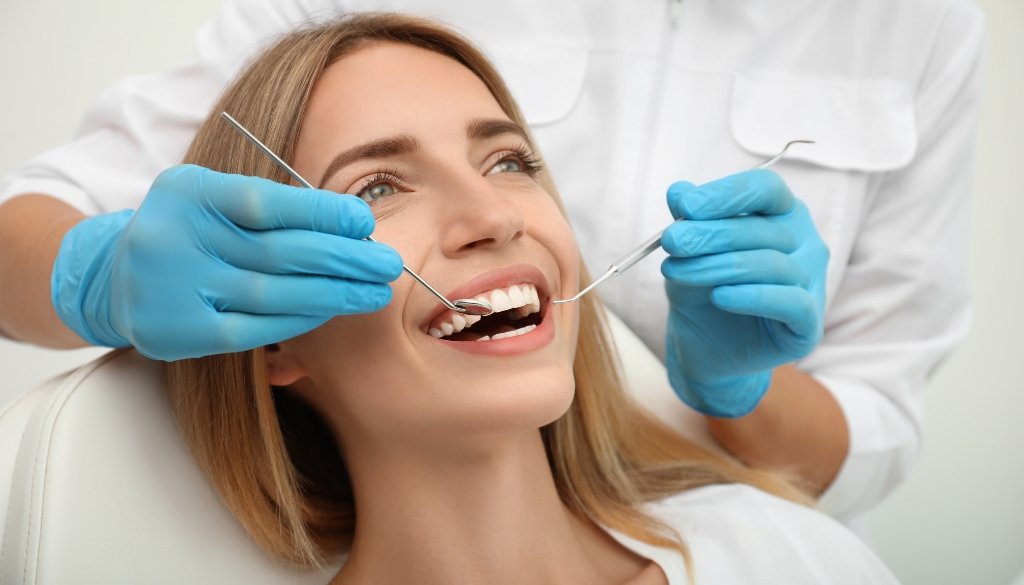
FAQs
Q1: What is minimally invasive dentistry?
Minimally invasive dentistry means preserving healthy tooth and gum tissues to treat dental problems. Minimally invasive dentistry utilizes instruments (lasers) to reduce trauma and thus minimize pain and recovery time.
Q2: Is laser dentistry painful?
Most patients will report minimal to no discomfort during laser procedures; many treatments can be performed without the use of anesthesia and laser procedures are usually a more comfortable procedure than traditional techniques.
Q3: What are the advantages of laser dentistry over traditional techniques?
Laser dentistry provides accurate treatment, less bleeding, quicker healing time, and less need for sutures and anesthesia. It also minimizes the chance of infection and improves patient outcomes.
Q4: Can all dental procedures be done with lasers?
While lasers are incredibly versatile, they are not suitable for every case. However, many standard procedures, such as cavity treatment, gum reshaping, and root canal disinfection, can be safely and effectively performed using lasers.
Q5: Is laser dentistry safe?
Yes, if done by a competent professional like Dr. Prashanth Balakesavan, laser dentistry is a safe and clinically proven treatment. The equipment used is approved and designed to work with precision and care.


